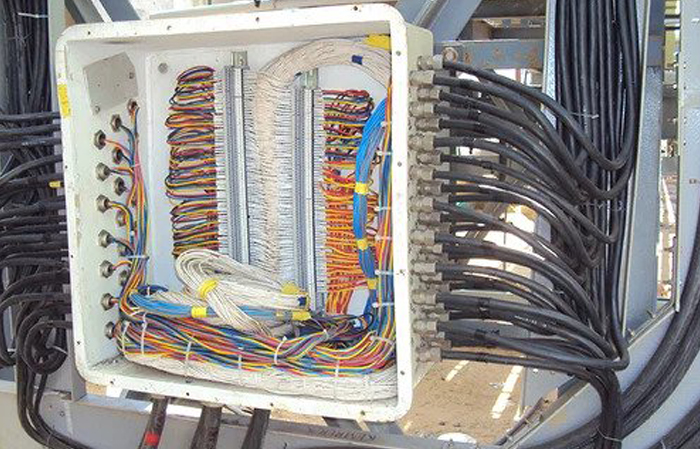
Control and instrument cables play a crucial role in the smooth functioning of industrial automation systems. These cables transmit signals and data between different devices, such as sensors, transmitters, controllers, and actuators. The installation of these cables requires careful planning, design, and execution to ensure their proper functioning and longevity.
Here are some important considerations for laying control and instrument cables:
Design the Cable Route – BS Electrical Before starting the installation process, it is essential to plan the cable route carefully. The cable route should be free from any obstacles that can damage the cables, such as sharp edges, rough surfaces, or protruding objects. The route should also avoid areas with high electromagnetic interference, such as high-voltage power cables, motors, or transformers.
Choose the Right Cable – Our BS Electrical Team Selecting the right cable is crucial for ensuring the proper functioning of the system. The cable should be suitable for the intended application, and it should meet the required specifications and standards. Factors to consider include the type of signal, the distance of transmission, the operating temperature, and the level of protection against environmental factors.
Install Cable Supports – To ensure the cables are securely fixed in place, it is important to install cable supports at regular intervals. The supports should be designed to prevent any excessive bending, stretching, or twisting of the cables. It is also important to ensure that the supports are made of non-corrosive materials and are resistant to environmental factors.
Follow Cable Laying Techniques – Cable laying techniques can vary depending on the type of cable and the installation environment. For example, if the cable is installed in a conduit, it should be pulled through the conduit using cable pulling techniques. If the cable is laid on cable trays, it should be secured to the trays using cable ties or clamps.
Test the Cable – Once the cable installation is complete, it is important to test the cable to ensure that it is working correctly. Testing should include verifying the continuity of the cable, measuring the insulation resistance, and checking for any shorts or open circuits. This process will help to identify any issues before the system is commissioned and in operation.
In conclusion, laying control and instrument cables is a critical process that requires careful planning, design, and execution. By following the above steps, the cables can be installed safely and efficiently, ensuring the proper functioning of the automation system. It is also essential to adhere to the relevant safety and regulatory standards to ensure that the installation meets all necessary requirements.

We are Government approved Electrical Licensed Contractor in India.
Copyright © 2023 BS ELECTRICALS
Design by – Surat Web Solution